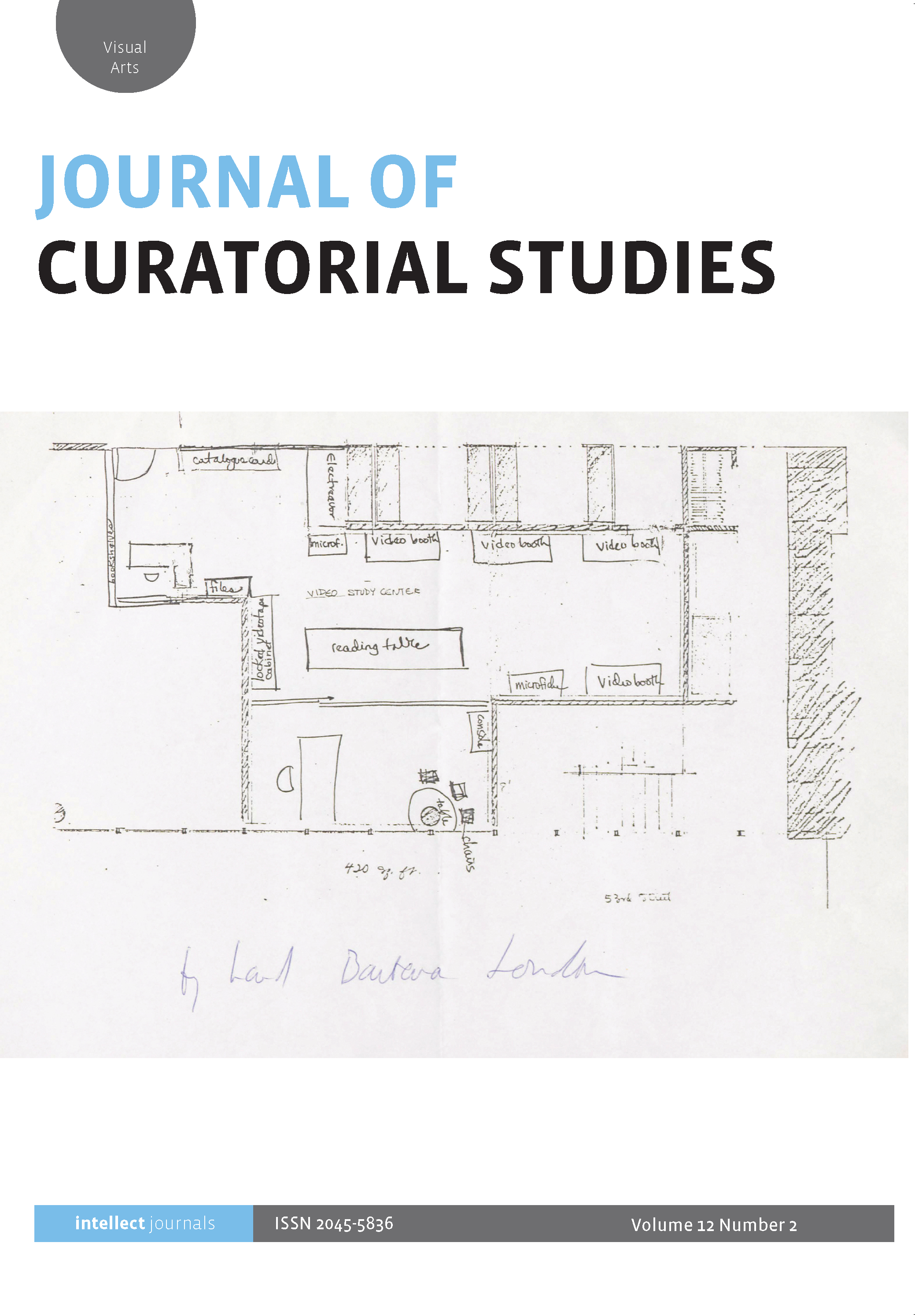
Full text loading...

In 1967, the Israel Museum in Jerusalem launched Mavoch with great fanfare. Despite its innovative vision, critics swiftly dismissed the exhibition, and both the curator and the artists labelled it a failed experiment. This article revisits Mavoch to consider it as a watershed event in Israeli exhibitionary practice. The show is examined in a broader discussion on the genre of labyrinth-based exhibitions on which Mavoch was based. This genre, stemming from the surrealists’ shows in the 1930s and reaching its apex in Europe in the 1960s, heralded a shift in the concept of the museum from an object-oriented space to a dynamic venue of social participation. This article unravels the reasons behind the perceived failure of Mavoch and offers insights on the implementation of western display models in geographical and cultural peripheries.

Article metrics loading...

Full text loading...
References


Data & Media loading...

Publication Date:
https://doi.org/10.1386/jcs_00085_1 Published content will be available immediately after check-out or when it is released in case of a pre-order. Please make sure to be logged in to see all available purchase options.